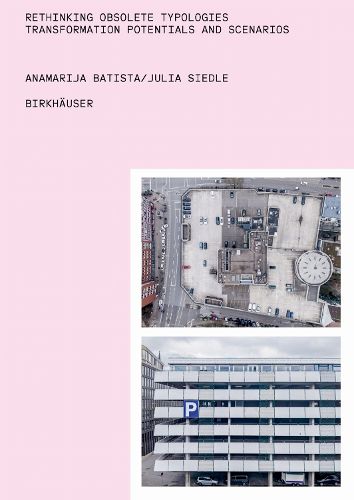Readings Newsletter
Become a Readings Member to make your shopping experience even easier.
Sign in or sign up for free!
You’re not far away from qualifying for FREE standard shipping within Australia
You’ve qualified for FREE standard shipping within Australia
The cart is loading…






A profound social change can be observed in the areas of mobility, work, and trade, as well as in the practice of faith, especially in cities. As a result, certain building typologies such as petrol stations, offices, shopping centers, cinemas, and churches are being used less, thus becoming increasingly obsolete and contributing to the obsolescence of the city.
Three strategies must be considered for the efficient transformation of these structures: the conversion of existing architecture and the preservation of the gray energy they embody; the maximization of land use; and the strengthening of ecological functions to improve the urban microclimate and the quality of living space.
The authors analyze potential solutions, present conversion scenarios, and illustrate these in schematic diagrams.
Analysis of obsolete architectural typologies in urban centers Realistic proposals for the recyclability of existing buildings Attractive graphics and presentations of potential solutions
$9.00 standard shipping within Australia
FREE standard shipping within Australia for orders over $100.00
Express & International shipping calculated at checkout
A profound social change can be observed in the areas of mobility, work, and trade, as well as in the practice of faith, especially in cities. As a result, certain building typologies such as petrol stations, offices, shopping centers, cinemas, and churches are being used less, thus becoming increasingly obsolete and contributing to the obsolescence of the city.
Three strategies must be considered for the efficient transformation of these structures: the conversion of existing architecture and the preservation of the gray energy they embody; the maximization of land use; and the strengthening of ecological functions to improve the urban microclimate and the quality of living space.
The authors analyze potential solutions, present conversion scenarios, and illustrate these in schematic diagrams.
Analysis of obsolete architectural typologies in urban centers Realistic proposals for the recyclability of existing buildings Attractive graphics and presentations of potential solutions